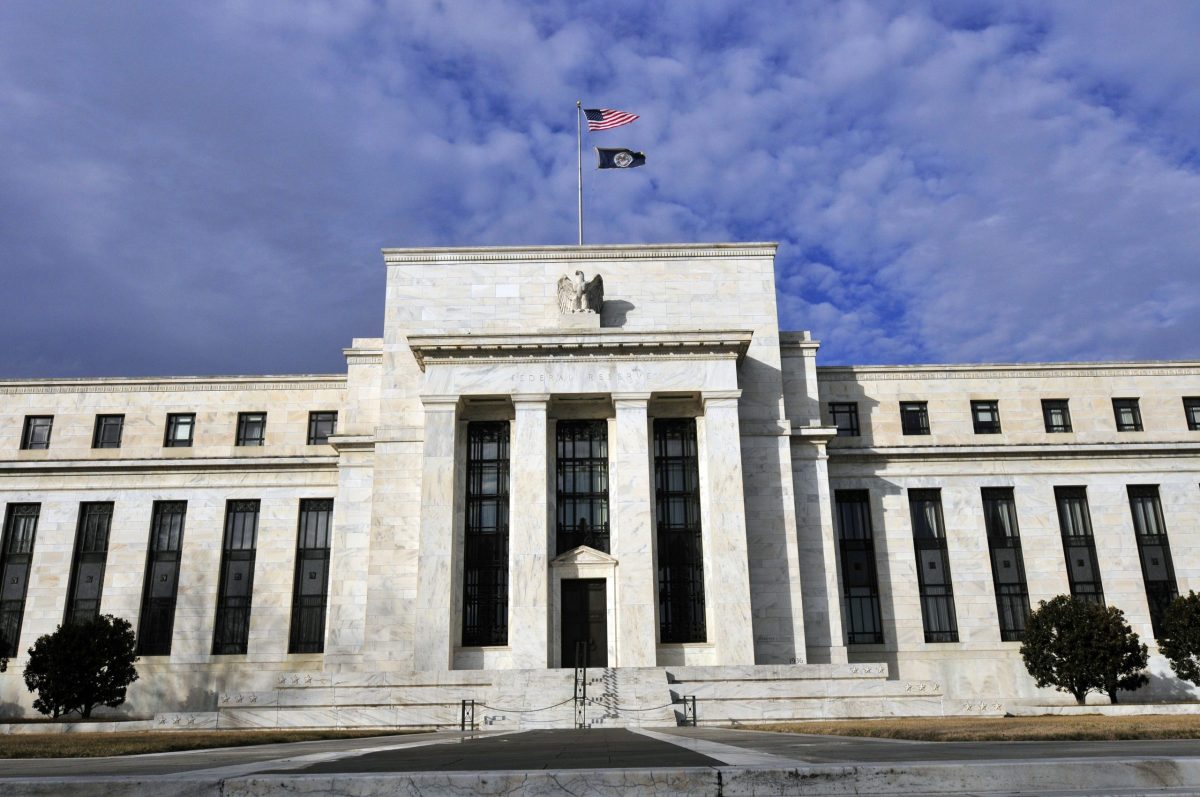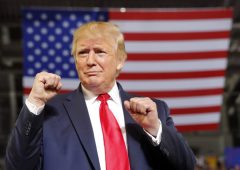U.S. Rate Cut Predictions for 2025 Amid Ongoing Inflation Concerns
10.01.2025 12:30 2 min. read Kosta Gushterov
Kathryn Rooney Vera, Chief Market Strategist at StoneX, shared her perspective on the Federal Reserve's potential moves in the face of inflationary pressures during an appearance on CNBC's Squawk Box.
She believes that while the U.S. economy continues to show growth, the Fed might opt for two rate cuts later in the year, but only after the second quarter.
With the markets focused on the release of the upcoming employment report, Vera highlighted the ongoing inflation issues and fiscal hurdles. While remaining cautiously optimistic, she pointed out that the U.S. economy’s growth, which exceeded expectations last year at 1.8%, could fuel inflation further if fiscal policies do not change.
Vera stressed that sustained economic growth above potential levels, without a tightening of fiscal policies, could push inflation higher. She warned that if spending isn’t curbed, inflation could remain problematic, urging investors to stay vigilant.
Looking ahead, Vera expressed doubts about immediate actions from the Fed. Although she doesn’t foresee any major changes in the near term, she noted that if inflation continues to rise past 3.5%, the Fed might have to revisit its position. Despite this, she believes the central bank is unlikely to shift its stance unless inflation significantly increases.
In her advice to clients, Vera recommended preparing for different outcomes, noting that stronger-than-expected growth could delay the anticipated rate cuts. She emphasized the importance of protecting against the risk that the Fed might not reduce rates at all.
On the global stage, Vera observed that private investment worldwide is approaching record highs, which could signal potential for economic expansion. However, she reiterated concerns about the ongoing challenge of high inflation, which may persist in the coming months, despite the overall growth outlook.
-
1
Robert Kiyosaki Predicts 2025 “Super-Crash,” Urges Hoarding Gold, Silver, and Bitcoin
23.06.2025 13:31 2 min. read -
2
Billionaire Slams Meme Stock Hype and Sounds Alarm on U.S. Fiscal Health
15.06.2025 18:00 2 min. read -
3
Billionaire Investor Sees Dollar Crash If Key Support Breaks
18.06.2025 15:00 1 min. read -
4
Nassim Taleb Says Global Trust Is Shifting from the Dollar to Gold
22.06.2025 17:00 1 min. read -
5
Geopolitical Shockwaves Hit Ethereum Hard While Bitcoin Stays Resilient
22.06.2025 16:21 1 min. read
Robert Kiyosaki Predicts When The Price of Silver Will Explode
Robert Kiyosaki, author of Rich Dad Poor Dad, has issued a bold prediction on silver, calling it the “best asymmetric buy” currently available.
U.S. PCE Inflation Rises for First Time Since February, Fed Rate Cut Likely Delayed
Fresh data on Personal Consumption Expenditures (PCE) — the Federal Reserve’s preferred inflation gauge — shows inflation ticked higher in May, potentially delaying the long-awaited Fed rate cut into September or later.
Trump Targets Powell as Fed Holds Rates: Who Could Replace Him?
Federal Reserve Chair Jerome Powell is once again under fire, this time facing renewed criticism from Donald Trump over the Fed’s decision to hold interest rates steady in June.
U.S. National Debt Surge Could Trigger a Major Crisis, Says Ray Dalio
Billionaire investor Ray Dalio has sounded the alarm over America’s soaring national debt, warning of a looming economic crisis if no action is taken.
-
1
Robert Kiyosaki Predicts 2025 “Super-Crash,” Urges Hoarding Gold, Silver, and Bitcoin
23.06.2025 13:31 2 min. read -
2
Billionaire Slams Meme Stock Hype and Sounds Alarm on U.S. Fiscal Health
15.06.2025 18:00 2 min. read -
3
Billionaire Investor Sees Dollar Crash If Key Support Breaks
18.06.2025 15:00 1 min. read -
4
Nassim Taleb Says Global Trust Is Shifting from the Dollar to Gold
22.06.2025 17:00 1 min. read -
5
Geopolitical Shockwaves Hit Ethereum Hard While Bitcoin Stays Resilient
22.06.2025 16:21 1 min. read


